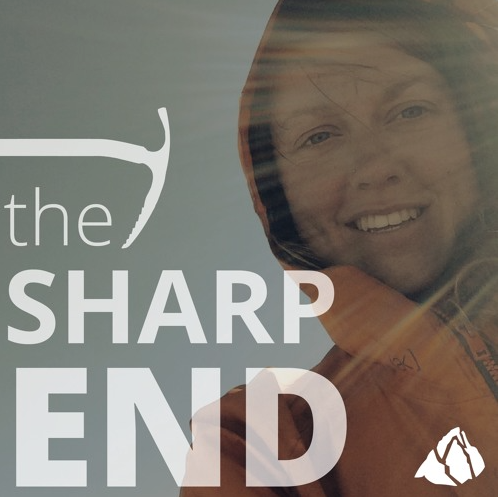Fall On Snow – Inadequate Protection
Alaska, Denali National Park, Denali, West Buttress Route
|
|
|
Aerial view of Denali, showing approximate locations of (1) the crevasse into which two climbers slid on May 20, (2) the West Buttress, and (3) the 14,200-foot camp. NPS Photo |
Two climbers were ascending Denali’s West Buttress at approximately 16,500 feet when they fell off the north side of the ridge (opposite the well-traveled route from the 14,200-foot camp). The fall occurred at 3:30 p.m. on May 20. The 29-year-old female and 27-year-old male climbers were roped together at the time of the fall, but with hard surface snow conditions and without any protection clipped between them, they were unable to arrest their fall. They slid about 1,000 feet and into a crevasse on the Peters Glacier.
A guided climbing team witnessed this incident and made the initial report to NPS rangers stationed at 14,200-foot camp. In addition, one of the fallen climbers was able to signal for help with a personal locator beacon (PLB), which relayed their location at approximately 15,800 feet to both the Alaska Rescue Coordination Center and NPS personnel in Talkeetna.
An NPS ranger patrol descending from 17,200-foot camp on the West Buttress responded to the site of the initial fall. Due to the convexity of the terrain below and deteriorating weather, the rescue team could not see the climbers. They decided to return to 14,200-foot camp to prepare for a rescue with more personnel and equipment and to wait for more favorable weather. Multiple contingency plans were drafted in Talkeetna and on the mountain to accommodate rescuer safety in the dynamic weather conditions on the upper mountain. A rescue attempt by helicopter that evening turned around due to high winds and poor visibility.
Early on May 21, as ground rescue teams started toward the fixed lines that gain the West Buttress, they encountered the male patient limping into 14,200-foot camp with an injured knee. During the night, despite his injury, he had climbed back over the West Buttress and descended the fixed lines toward 14,200-foot camp. He reported that his climbing partner was alert and stable but injured and non-ambulatory in the crevasse that had stopped their fall.
A ground rescue team and the NPS helicopter team arrived at the injured patient’s location at nearly the same time. She was assessed, immobilized for suspected spinal injuries, and extracted via short-haul back to 14,200-foot camp. After a flight to Talkeetna, she was transferred to an Anchorage hospital via air ambulance for treatment of cervical spine fractures. The patient’s climbing partner was evacuated by helicopter the following day due to his unstable knee injury.
ANALYSIS
Roped glacier travel can provide a false sense of security. Failure to adapt fall protection methods to the current surface conditions has been the cause of many accidents. This is especially true when the surface becomes too firm for effective self-arrest. In softer snow conditions, where self-arresting is possible, solid footwork and using a mountaineering axe may be sufficient protection. As the surface hardens or transitions to ice, running protection (e.g. pickets or ice screws) is required to arrest a falling team member. The transition from soft to hard footing may be subtle, and conservative risk management strategies should be employed. The icy and rocky terrain of the West Buttress ridge is a location that requires running protection to effectively arrest a fall. (Source: Denali Mountaineering Rangers.)



